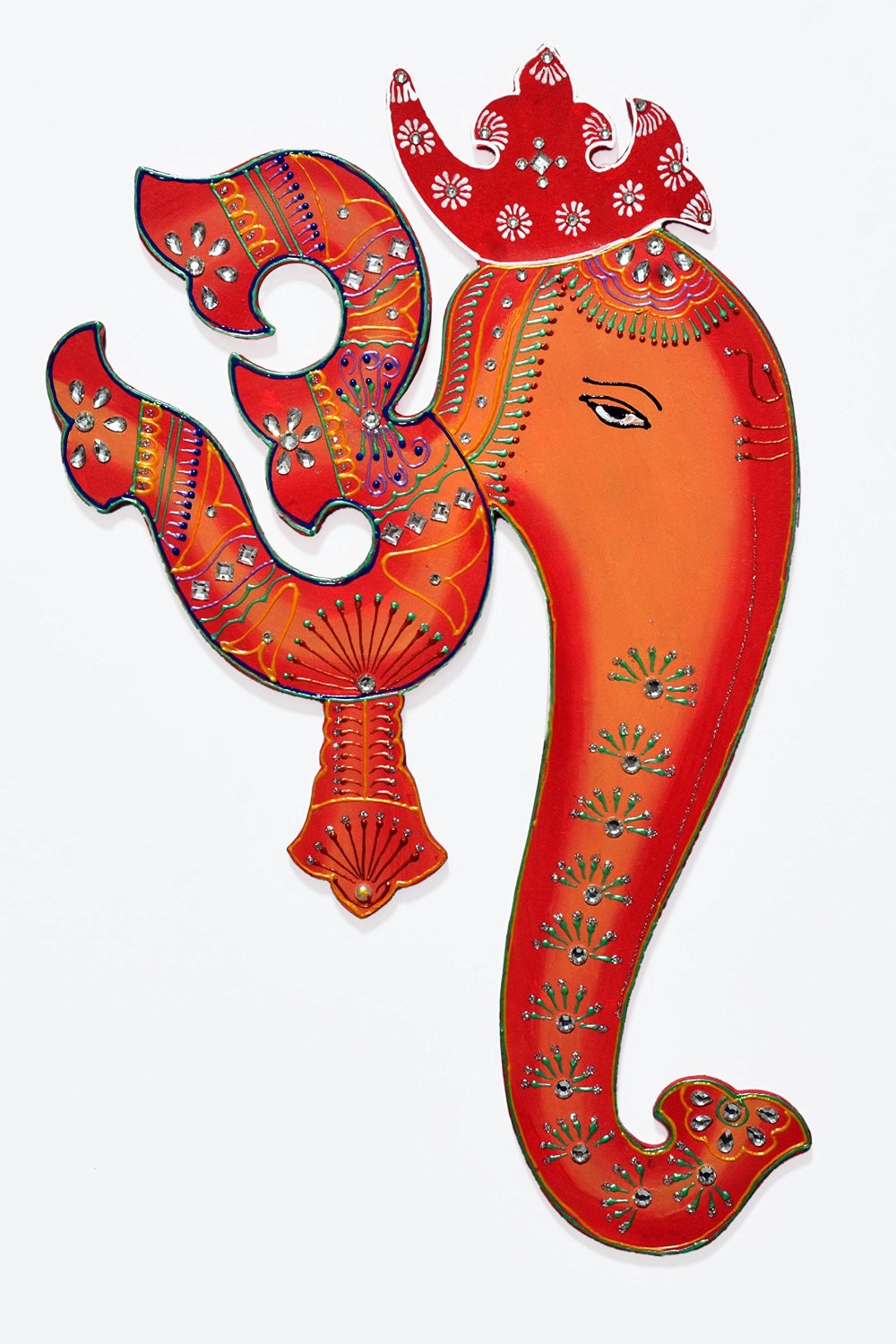- GADHER COMMUNITY
- Guru Guidance & Hinduism
- Gotra, Kuldevis & Nived
- Our historical sites
- Blessings & Festivals
- Gadher Community of today
- Gadher Family Tree
- Essence of Life
- Gadher Pluralism
- Gadher young generation
- Amazing Africa
- Incredible India
- Nostalgia
- Origin of this Website
- Dedication
- Golden Memories
- Achievement
- Jivan Darbar
- Disclaimer & Copyright
Happiness, health and harmony
Simplicity of life and its accolade
Indian civilisation is one of the most ancient civilisations of the world. It has its roots in Hinduism or Hindu Dharma is a righteous way of life based on accumulated wisdom of great sages, Vedas, Upanishads and Agamas. Various basic concepts like Dharma, Karma, Ahimsa, Rebirth, Moksha (Nirvana) are inherited by various dharmic traditions like Jainism, Buddhism, and Sikhism from Hinduism. Hindus believe in cyclic time including eternal cycle of manifestation and dissolution of the Universe. Hindus believes that God is both immanent and transcendent. Hindu Dharma gives freedom to perceive and approach God in different ways.
Meditation can have incredible effect on your well -being !
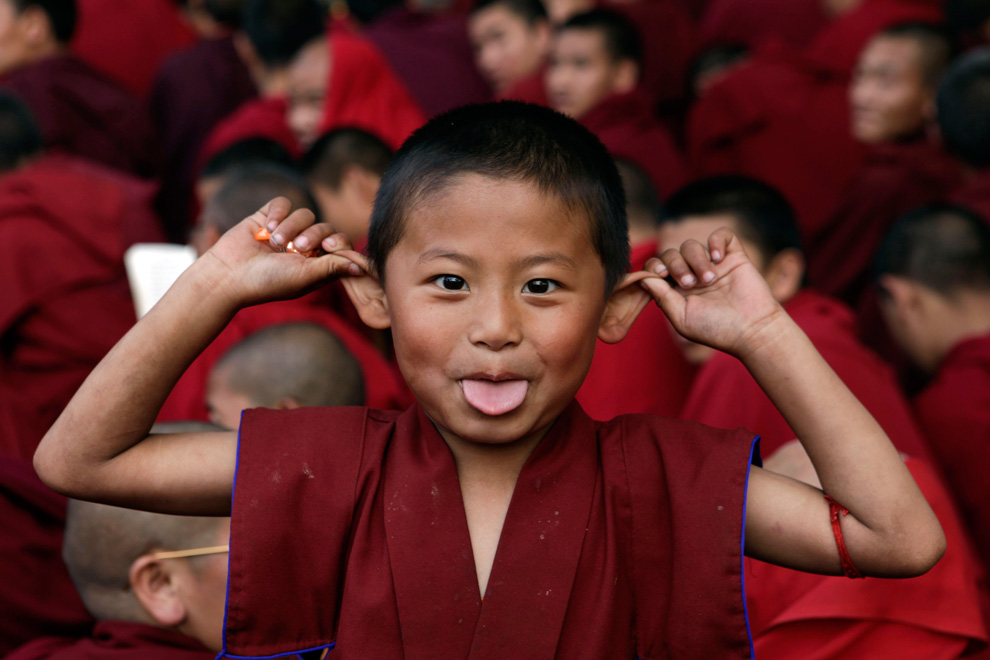
(AP Photo/Rajesh Kumar Singh)
Yoga and Ayurveda
Yoga and Ayurveda (medical science of life) are two unique contributions of Hindus to the world. Both have their roots in Vedas. Meditation and Asanas (postures), both part of Raja Yoga, have become very beneficial in maintaining a good health in modern life. Modern days’ rhinoplasty is known as Indian rhinoplasty for its root in an ancient sage Sushruta’s technique from Ayurveda.
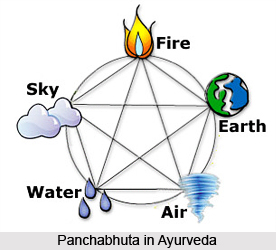
The first element to come into physical existence is akash or space in Ayurveda. Out of the five elements, akash has the most expansive and least concrete value. The next element to manifest is vayu that is commonly referred to as air. This particular element has more tangible quality than akash but not as much as Agni, which is the fire element. The last two elements to manifest in the sequence are Jala or water and finally the prithvi or the earth element. These elements are comparatively more concrete or materialistic than their predecessors. Human life develops under the influence of these five very essential elements. In fact, the influence of these mahabhutas is really tremendous. It also denotes that sound cannot exist without space and lack of resistance, important qualities of akash. Touch depends on vibration or movement, the main aspects of vayu. Sight occurs because of light and heat, the major characteristics of Agni. Taste cannot function without liquid, which is the cohesive nature of Jala. Lastly, smell needs solidity and form, which are the main features of prithvi. The concept of Panchamahabhuta, which is the five element theory of the Ayurveda, gives a theoretical framework for understanding the sharira (the body). The theory of Tridosha is intimately associated with the theory of five elements. Ayurveda states that without the concept of Panchamahabhuta, a proper comprehension of the interdependent nature of the mind, soul, body and the senses would remain incomplete. These elements are considered as the most fundamental properties of physical creation. Ayurveda believes in creating ultimate harmony with nature and in generating natural rhythms. According to Ayurveda, the Panchamahabhuta condenses in the living bodies to form three basic principles or Doshas called Vata, Pitta and Kapha.
Yoga
While the ultimate goal of yoga is to unify body, mind and soul, there are different ways to achieve this aim. These various ways constitute the different types of Yoga. Most of them had been practiced in India since ages unknown. Certain factors, like, origin, history, style, technique and significance, differentiate one branch of yoga from the other. Through the development of one's body, mind and psychic potencies, these ultimately lead to physical strength and further on to spiritual consciousness. Hence the final aim of all types of Yoga is primarily the same: salvation. Most of the Types of Yoga involve the usage of different poses or Yoga Asanas, meditation and breathing exercises or Pranayama.
Ancient knowledge and contributions in Mathematics, Science and Technology: From ancient times, the Indian culture is conducive to development of various scientific fields. Hindus made significant progress in astronomy and had substantial contributions in mathematics (from zero, decimal system, various concepts in trigonometry, and even calculus). Hindus developed and used knowledge in chemistry and metallurgy. An iron pillar not rusted for more than 1400 years shows their prowess in metallurgy. Indian maritime has a long history and the mariners compass is said to be based on an ancient Hindu technique.
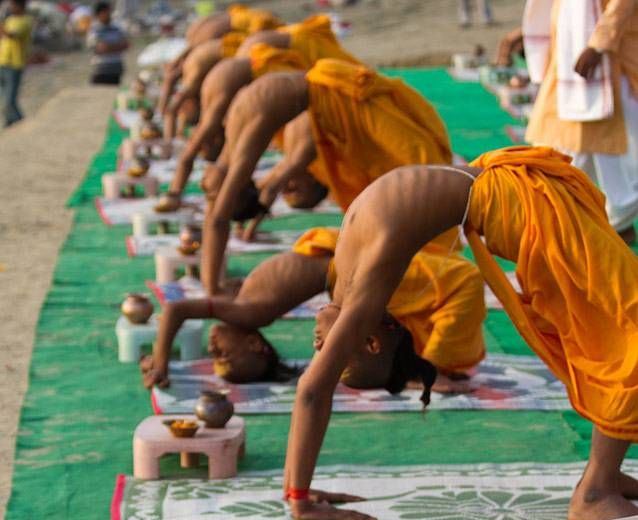
Indian Diet - healthy and tasty!
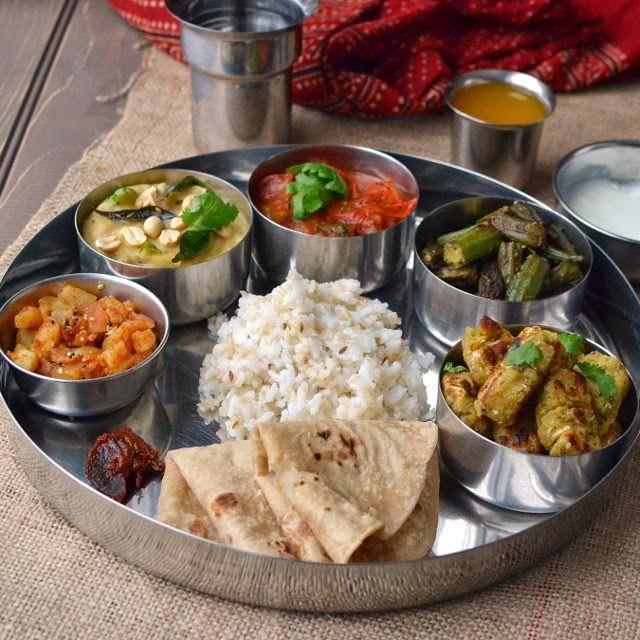
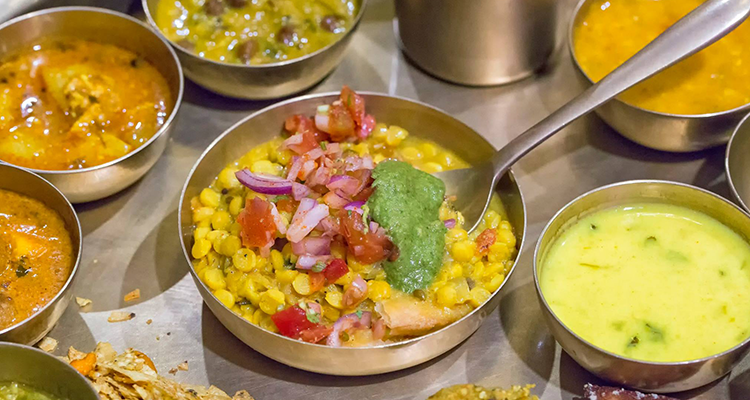
Simplicity is the 'essence of life'
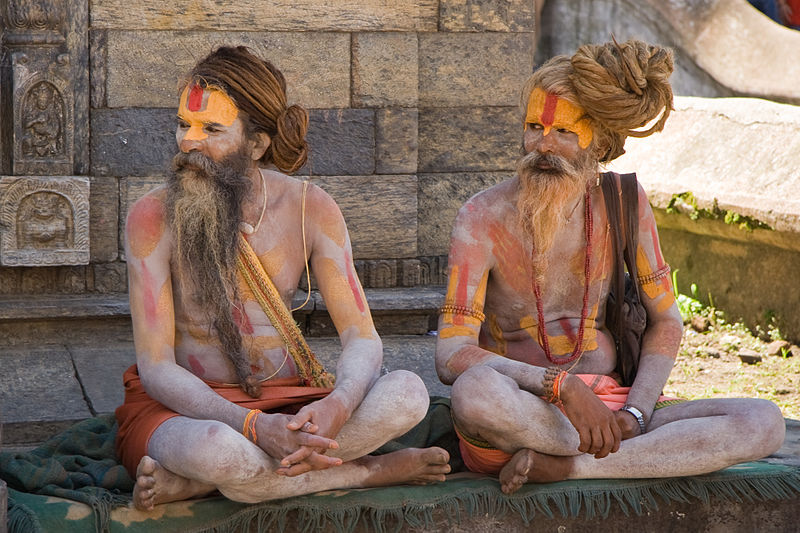
Photo by Luca Galuzzi
no mobile phones, emails, texting etc................but fully connected to reality !
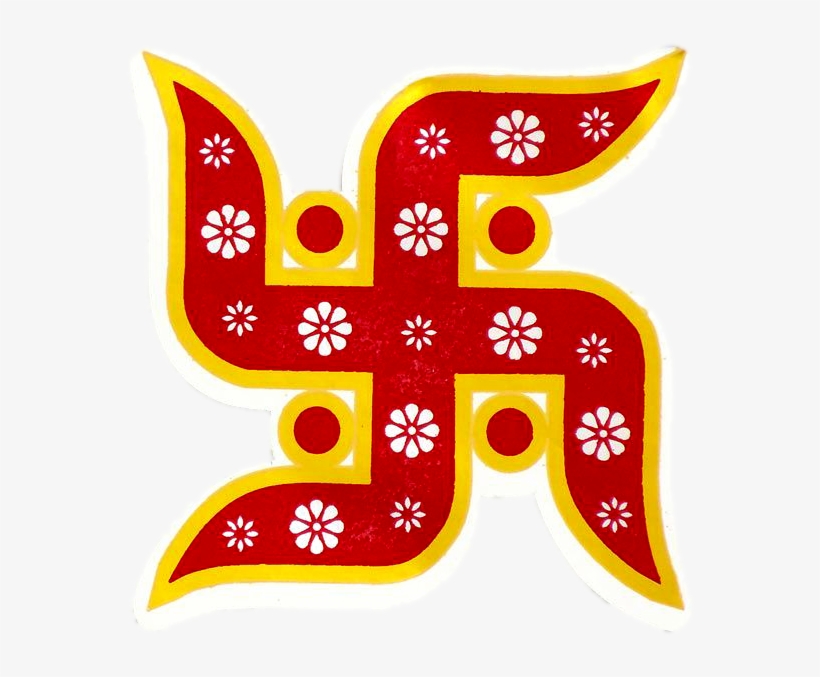
Jivanbhai's saying regarding life:
Simplicity is the essence of life - the simpler one's life, the more joyful one will live and ..........more peaceful one will sleep !
Excercise, good diet, and clean habits are to the body as are yoga, meditation and regular prayers to the mind ! ........these are a must and will stand one in good stead throughout one's life - !

